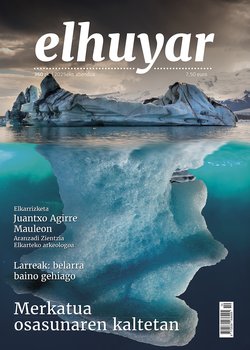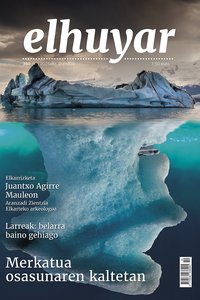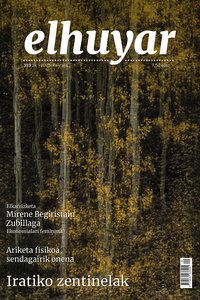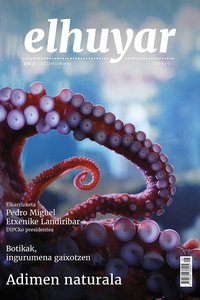A Recent Prehistoric Site with Cave Art Discovered in Gamiz-Fika
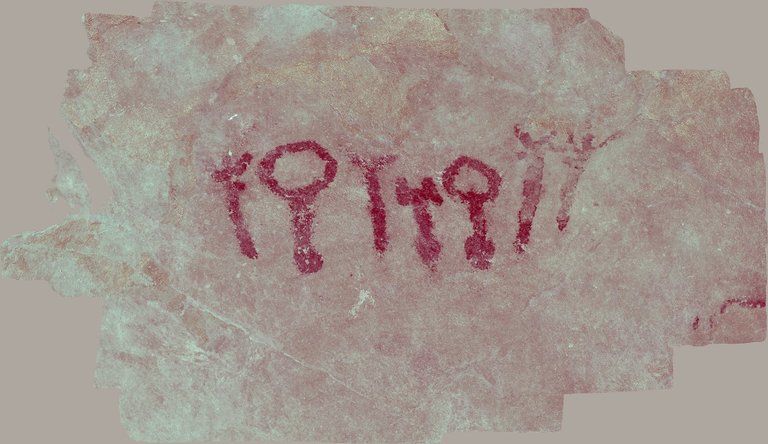
The Provincial Council of Bizkaia has announced the discovery of a site in Gamiz-Fika as part of an intervention program to recover the environment of the hermitage of San Pedro de Atxispe. They explain that it is the first mixed hypogeum documented in the Cantabrian area, that is, it is not a natural cave. This makes it unusual, and it also has rock art.
The site is called Erlapiku. To enter, there are several steps drilled in the rock and a square door with a width of 50 centimeters. The interior is an excavated area of 5x2x1.75 meters with ovoid morphology.
The paintings, on the other hand, are prehistoric of recent times (B.C. 5000-1000). There are a total of five panels with more than 25 images in two colors: red and black. The figures depict schematic human figures; some show only the body and arms, and the forests appear elongated or closed on the head, forming a circle.
They have been investigated by archaeologists Diego Garate Maidagan (University of Cantabria) and Primitiva Bueno Ramírez (University of Alcalá de Henares). According to them, the superimposed appearance of the figures means that the cave was painted at different times. By the way, this may explain the fact that different pigments are exposed, and that even human images are not all the same. In particular, two scenes stand out: one shows human figures drawn in black, arranged in an orderly fashion in a row; the other shows seven figures made of pale red, also arranged in linear order, all with raised arms, and separated into three different types of figures. Among the isolated anthropomorphs, some of these forms are repeated, and the rest are different schematic figures. In addition to these, there is a figure with a more naturalistic character.
The figures represented have similarities with those found in some of the Cantabrian sites (for example, Peña Tu and El Castillo) and with some of the caves of Álava (such as Socuevas de San Miguel and Las Yazulas). However, the most direct examples of schematic art are from Portugal, Meseta or Andalusia. Therefore, the Gamiz-Fika site provides essential information about the first peasant communities that inhabited this territory.
Buletina
Bidali zure helbide elektronikoa eta jaso asteroko buletina zure sarrera-ontzian


